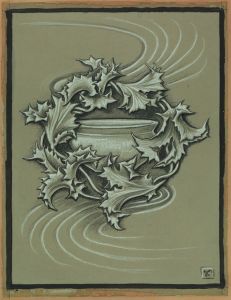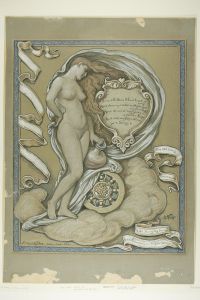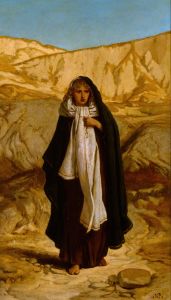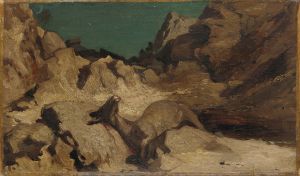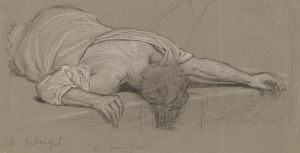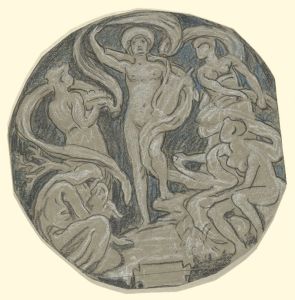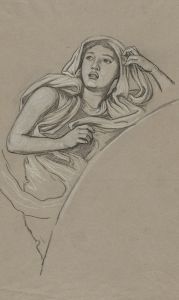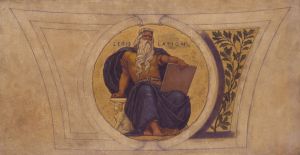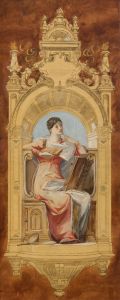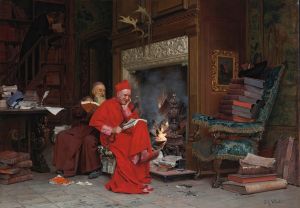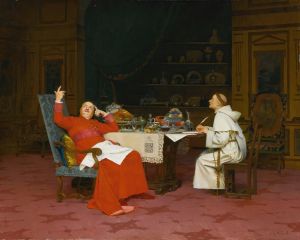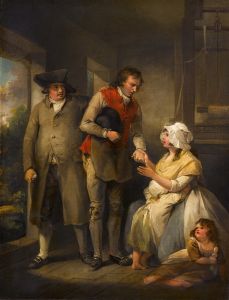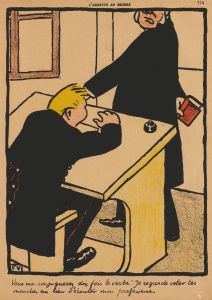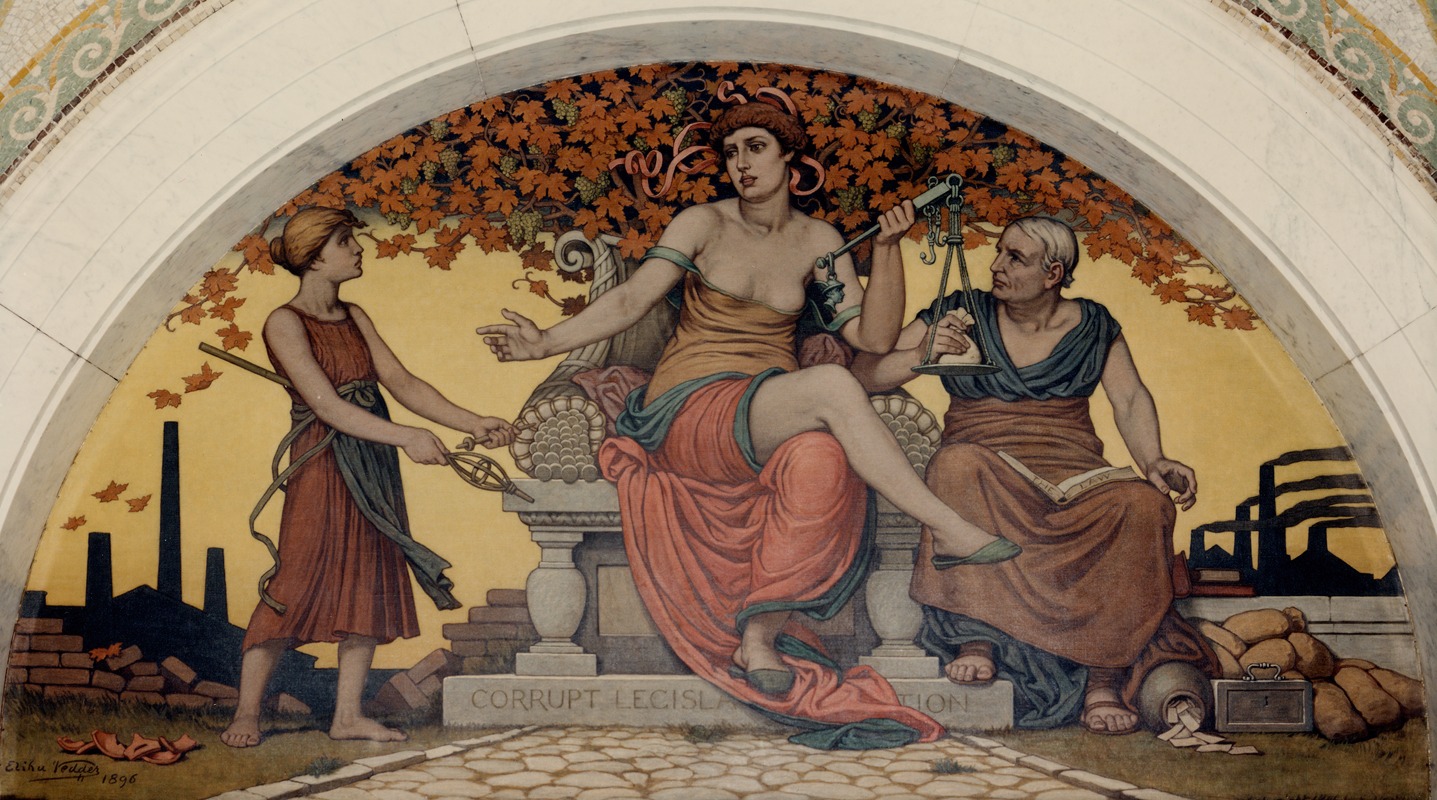
Corrupt legislation mural
A hand-painted replica of Elihu Vedder’s masterpiece Corrupt legislation mural, meticulously crafted by professional artists to capture the true essence of the original. Each piece is created with museum-quality canvas and rare mineral pigments, carefully painted by experienced artists with delicate brushstrokes and rich, layered colors to perfectly recreate the texture of the original artwork. Unlike machine-printed reproductions, this hand-painted version brings the painting to life, infused with the artist’s emotions and skill in every stroke. Whether for personal collection or home decoration, it instantly elevates the artistic atmosphere of any space.
Elihu Vedder's "Corrupt Legislation" is a mural that forms part of the larger artistic project known as the Library of Congress murals. Vedder, an American symbolist painter, was commissioned to create this work as part of the decoration for the Thomas Jefferson Building, which opened in 1897. The murals in the Library of Congress were intended to celebrate human knowledge and the progress of civilization, and Vedder's contributions are among the most symbolically rich and thematically complex.
"Corrupt Legislation" is one of five murals by Vedder that are collectively known as the "Government" series. These murals are located in the Southwest Gallery of the Library of Congress and are designed to illustrate various aspects of governance. The series includes "Good Administration," "Peace and Prosperity," "Corrupt Legislation," "Anarchy," and "Good Legislation." Each mural serves as a visual allegory, conveying Vedder's interpretation of these concepts through symbolic imagery.
In "Corrupt Legislation," Vedder uses allegorical figures to depict the negative consequences of unethical governance. The mural features a central figure representing the concept of corruption, surrounded by imagery that symbolizes the decay and disorder resulting from corrupt practices. The figures and symbols in the mural are rendered in Vedder's characteristic style, which combines elements of classical art with a distinctly symbolist approach. This style is evident in the use of dramatic poses, flowing drapery, and a muted color palette that conveys a sense of moral ambiguity and decay.
The mural's composition and symbolism reflect Vedder's interest in the moral and ethical dimensions of governance. By personifying corruption and its effects, Vedder invites viewers to consider the impact of legislative malfeasance on society. The mural serves as both a cautionary tale and a critique of the potential for moral failure within political systems. It underscores the importance of integrity and ethical conduct in public office, themes that were particularly resonant during the period of its creation in the late 19th century, a time marked by political scandals and reform movements in the United States.
Vedder's work on the Library of Congress murals, including "Corrupt Legislation," is notable for its intellectual depth and artistic innovation. The murals are a testament to Vedder's skill as a painter and his ability to convey complex ideas through visual art. They remain an important part of the Library's artistic heritage and continue to be appreciated for their aesthetic and historical significance.
Overall, "Corrupt Legislation" is a powerful example of Vedder's ability to use art as a means of social commentary. Through its allegorical imagery, the mural challenges viewers to reflect on the ethical dimensions of governance and the enduring consequences of corruption.





